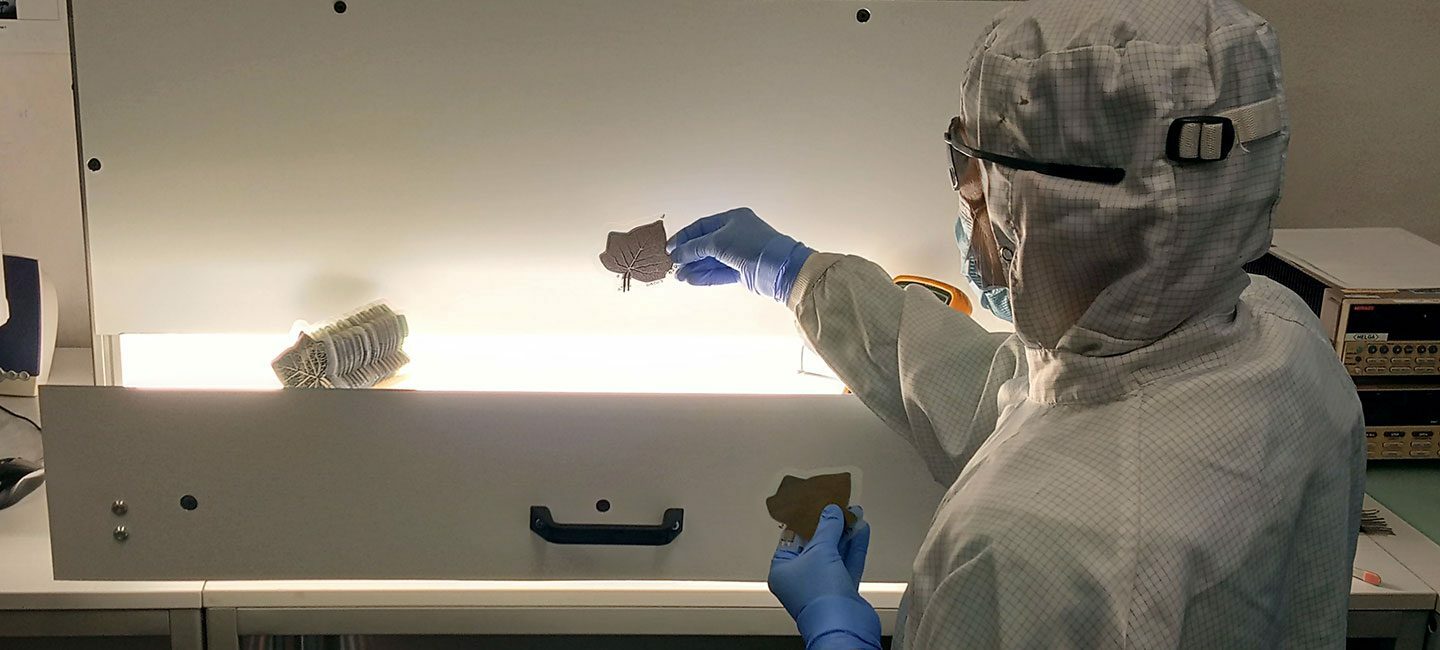ASCA, the industrial leader in manufacturing organic photovoltaics (OPV), and Nano-C, Inc., the leading producer of patented nanostructured carbon materials, including fullerenes, fullerene derivatives, and single-walled carbon nanotubes (SWCNT), announce that they have expanded the color options for all types of product offerings including BIPV, achieving a true gray color sought after by architects and design professionals. ASCA plans to utilize the Nano-C fullerene derivative to expand their product portfolio to include ASCA® organic photovoltaic film in true gray.
Fullerene derivatives meet the needs and requirements of organic photovoltaic (OPV) due to their unique structural properties. Nano-C's new propriety fullerene-based electron acceptor, a key component of the active layer, is easily processible via roll-to-roll (R2R) printing and enables the manufacturing of commercial OPV modules with a competitive performance that meets the color demands of the architectural design and building industries. Nano-C manufactures fullerene derivatives at commercial scale and a competitive cost at their large-scale manufacturing facility in Westwood, MA. Furthermore, the use of the new acceptor material has a positive effect on the performance including stability of OPV modules.
BIPV and BAPV materials transform the whole buildings envelope into solar-active surfaces, linking form to function. The OPV is customizable in overall design, including color. By increasing the color options of OPV films to include true gray, Armor and Nano-C aim to expand the implementation of OPV by architectural and design professionals across the globe.
"The primary major specification for many of our architectural design customers is color.“, says Dr. Sebastian Meier, Director R&D of ASCA GmbH (German Branch of ASCA). "We have been pleased to continue our long-standing relationship and open-innovation approach with Nano-C to push the boundaries of what OPV can achieve in both form and function. The new acceptor material developed by Nano-C allows us to meet additional color requirements of our customers thus enabling us to expand our product offerings.“
Dr. Henning Richter, Vice President of Research and Development of Nano-C, Inc., adds:
"We are pleased that our long-standing efforts to develop new generations of electron acceptor materials have led to an expansion of Armor’s portfolio of OPV solutions while maintaining highest performance standards. This has been made possible by the trustful and efficient collaboration between both companies addressing materials characteristics and the resulting optimization of processing conditions.“
